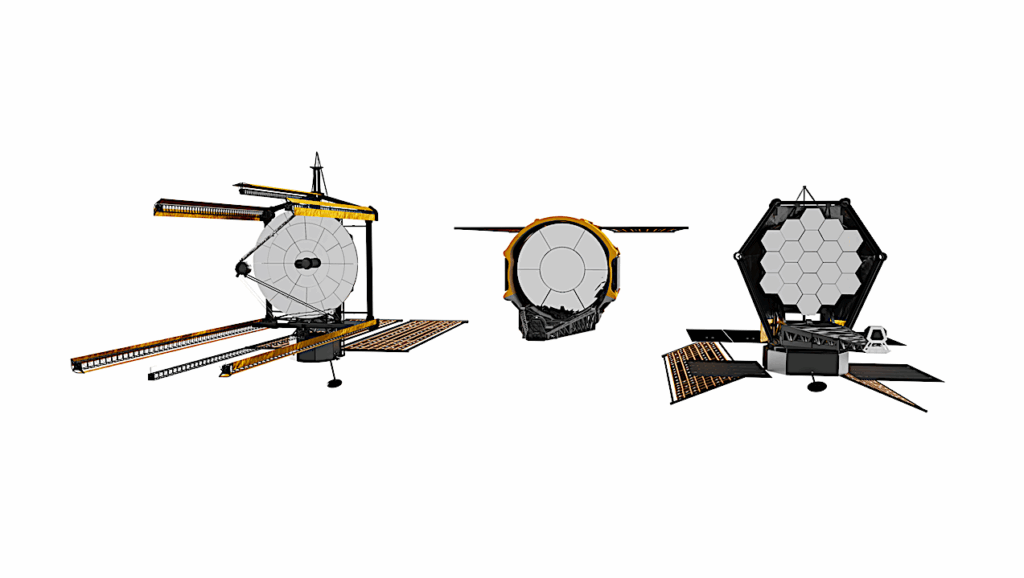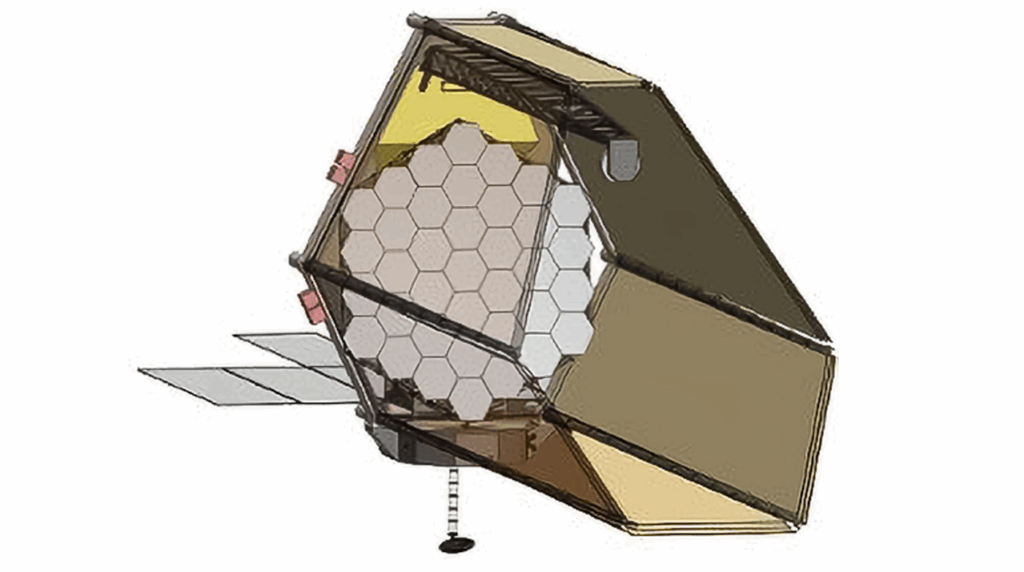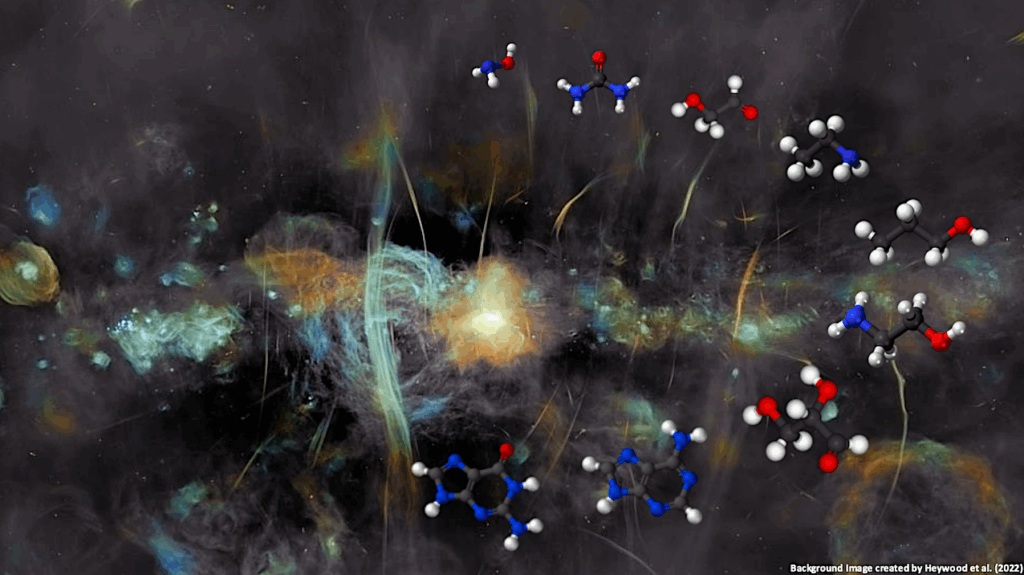Tidal Distortions As A Bottleneck On Constraining Exoplanet Compositions

Improvements in the number of confirmed planets and the precision of observations imply a need to better understand subtle effects that may bias interpretations of exoplanet observations.
One such effect is the distortion of a short period planet by its host star, affecting its derived density. We extend the work of Burton et al., Correia, and others, using a gravitational potential formulation to a sample of nearly 200 planets with periods less than 3 days.
We find five planets exhibiting density variations of >10% and as many as 20 planets with deviations >5%. We derive an analytic approximation for this deviation as a function of the orbital period, transit depth, and mass ratio between the planet and host star, allowing for rapid determination of such tidal effects.
We find that current density error bars are typically larger than tidal deviations but that reducing the uncertainty on transit depth and radial velocity (RV) amplitude by a factor of 3 causes tidal effects to dominate density errors (>50%) in >40% of planets in our sample, implying that in the near future upgraded observational precision will cause shape deviations to become a bottleneck with regards to analysis of exoplanet compositions.
These two parameters are found to dominate uncertainties compared to errors on stellar mass and radius. We identify a group of eight planets (including WASP-19 b, HAT-P-7 b, and WASP-12 b) for which current density uncertainties are as much as 4x smaller than the potential shift due to tides, implying a possible 4{\sigma} bias on their density estimates.
David Berardo, Julien de Wit
Comments: 8 pages, 7 figures, 2 tables
Subjects: Earth and Planetary Astrophysics (astro-ph.EP)
Cite as: arXiv:2301.08755 [astro-ph.EP] (or arXiv:2301.08755v1 [astro-ph.EP] for this version)
Journal reference: ApJ 941 155 (2022)
Related DOI:
https://doi.org/10.3847/1538-4357/aca409
Focus to learn more
Submission history
From: David Berardo
[v1] Fri, 20 Jan 2023 19:00:00 UTC (2,363 KB)
https://arxiv.org/abs/2301.08755
Astrobiology








